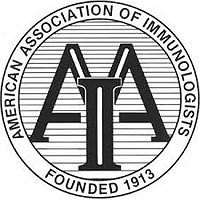There are three major dendritic cell (DC) subsets in both humans and mice, that is, plasmacytoid DCs and two types of conventional DCs (cDCs), cDC1s and cDC2s. cDC2s are important for polarizing CD4(+) naive T cells into different subsets, including Th1, Th2, Th17, Th22, and regulatory T cells. In mice, cDC2s can be further divided into phenotypically and functionally distinct subgroups. However, subsets of human cDC2s have not been reported. In the present study, we showed that human blood CD1c(+) cDCs (cDC2s) can be further separated into two subpopulations according to their CD5 expression status. Comparative transcriptome analyses showed that the CD5(high) DCs expressed higher levels of cDC2-specific genes, including IFN regulatory factor 4, which is essential for the cDC2 development and its migration to lymph nodes. In contrast, CD5(low) DCs preferentially expressed monocyterelated genes, including the lineage-specific transcription factor MAFB. Furthermore, compared with the CD5(low) subpopulation, the CD5(high) subpopulation showed stronger migration toward CCL21 and overrepresentation among migratory DCs in lymph nodes. Additionally, the CD5(high) DCs induced naive T cell proliferation more potently than did the CD5(low) DCs. Moreover, CD5(high) DCs induced higher levels of IL-10-, IL-22-, and IL-4-producing T cell formation, whereas CD5(low) DCs induced higher levels of IFN-gamma-producing T cell formation. Thus, we show that human blood CD1c(+) cDC2s encompass two subsets that differ significantly in phenotype, that is, gene expression and functions. We propose that these two subsets of human cDC2s could potentially play contrasting roles in immunity or tolerance.

Human Blood CD1c(+) Dendritic Cells Encompass CD5(high) and CD5(low) Subsets That Differ Significantly in Phenotype, Gene Expression, and Functions
Review badges
1 pre-pub reviews
0 post-pub reviews
